 Herbarium home Deaver Herbarium overview
Herbarium home Deaver Herbarium overview 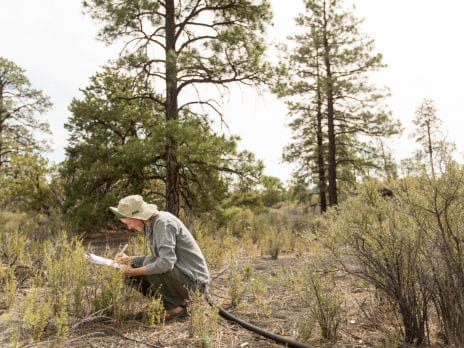 Research Support students and researchers by providing historical and contemporary specimens for study
Research Support students and researchers by providing historical and contemporary specimens for study 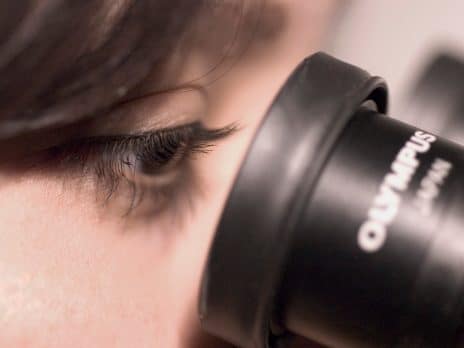 Education Support courses taught in biological sciences and create opportunities for graduate and undergraduate research and student curatorships
Education Support courses taught in biological sciences and create opportunities for graduate and undergraduate research and student curatorships 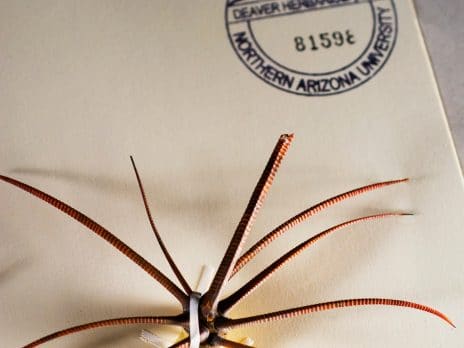 Services Resources for students, professional botanists, private consultants, and the Flagstaff community
Services Resources for students, professional botanists, private consultants, and the Flagstaff community Herbarium staff
Meet the staff of NAU’s Deaver Herbarium
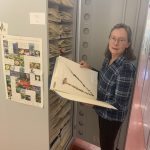 Tina Ayers, Ph.D.
Tina Ayers, Ph.D.
Director and Curator
Currently, Tina is completing a monograph of the genus Lysipomia (Campanulaceae), a genus of about 50 species endemic to the Andean alpine tundra. Additional projects include a phylogenetic analysis of Nemacladus, which is being done in collaboration with Dr. Nancy Morin and Lois Neff; systematics of Cyphocarpus in collaboration with Kimberly Hansen; and systematics of Lobelia in Mexico and Central America, in collaboration with Miguel Perez and Arturo Castro. All of these studies involve gathering molecular sequence data from chloroplast or nuclear genomes and collecting macro- and micromorphological data. Tina is also interested in rare plant conservation and floristics, especially in the southwestern United States and northern Mexico, and mentors students in these areas as well as plant systematics.
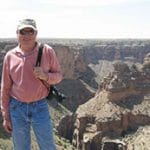
Greg Goodwin, M.S.
Associate Curator
Greg became a volunteer for the Deaver Herbarium after retiring from the U.S. Forest Service, where he worked for 28 years, including 21 years with the Coconino National Forest. Greg is in the herbarium a few mornings per week processing historical collections donated by the U.S. Forest Service or processing his own collections from travels throughout the west. Greg is also compiling a floristic inventory of the Cataract Canyon drainage. This effort includes surveying for rare plants.
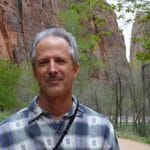
Max Licher, Architect
Associate Curator
Max is one of the coordinating botanists for the Plant Atlas of Arizona Project (PAPAZ) and an avid photographer. He has contributed many images to the Southwest Environmental Information Network, or SEINet, database. Max has been working on an annotated checklist of the plants of Oak Creek Canyon and the Red Rocks area of the Verde Valley in Arizona. He is also currently working in collaboration with Glenn Rink on revisions of the Cyperaceae and Juncaceae for Arizona and New Mexico.
Email mailto:tina.ayers@nau.eduMax

Gisela (left) and Vera (right)
Gisela Kluwin, P.T.,
Vera Markgraf, Ph.D.
Associate Curators
Gisela and Vera are major contributors to the Plant Atlas of Arizona Project (PAPAZ) and process all of their specimens in the Deaver Herbarium. When they aren’t off collecting or processing specimens, they are busy mounting, accessioning, imaging, and filing specimens.

Glenn Rink, M.S.
Associate Curator
Without question, Glenn is out in the field collecting plants for various agencies or just for fun on most days. He is currently documenting flora in the southern Colorado Plateau area, focusing especially on the Kaibab Plateau. Glenn is also currently collaborating with Max Licher on revisions of the Cyperaceae and Juncaceae for Arizona and New Mexico.

Randy Scott, Ph.D.
Associate Curator
Randy is currently working on a monograph of the genus Brickellia (Asteraceae), a genus of 90 to 100 species found primarily in the southwestern United States and Mexico. He also lends a hand wherever he is needed at the herbarium, including identifying many of the unknown Asteraceae the herbarium receives, filing newly mounted specimens, giving tours, and whatever else comes up.
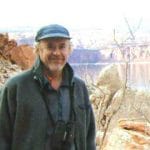
John Spence, Ph.D.
Associate Curator
John Spence, who lives in Page, Arizona, regularly visits the Deaver Herbarium to work on specimens from around the world that have been loaned to the herbarium. John’s interests are wide ranging and include the biogeography and evolution of Colorado Plateau flora, especially endemic and rare species; vegetation ecology and classification; bryophyte and vascular plant systematics; bird inventory, monitoring, and ecology; and ecological effects of climate change.

Tim Lowrey
Tim retired in 2019 and currently resides in northern Arizona. He is a research associate of the Deaver Herbarium and professor emeritus and curator emeritus, University of New Mexico. His research focused on systematics and evolution of Asteraceae in Africa, the Pacific Basin, and North & South America. His publications include a monograph of Hawaiian Tetramolopium (Hawaiian Daisies) and papers on Townsendia (Townsend Daisy), systematics and evolution of Vittadinia (Australian daisies) and related genera, and biology and evolution of the Astereae (Daisy Tribe). He has also published papers on fungal endophytes in desert plants. He has co-authored the Field Guide to the Middle Rio Grande Bosque, Field Guide to Wildflowers of the Witwatersrand and Pretoria regions, and Monocot Flora of the Witwatersrand and authored taxonomic treatments of Asteraceae for Flora North America, the Jepson Manual of the California Flora, Four Corners Flora, and Flora Neomexicana eds. 1 & 2. Tim is currently working on a generic flora of Asteraceae for Arizona.